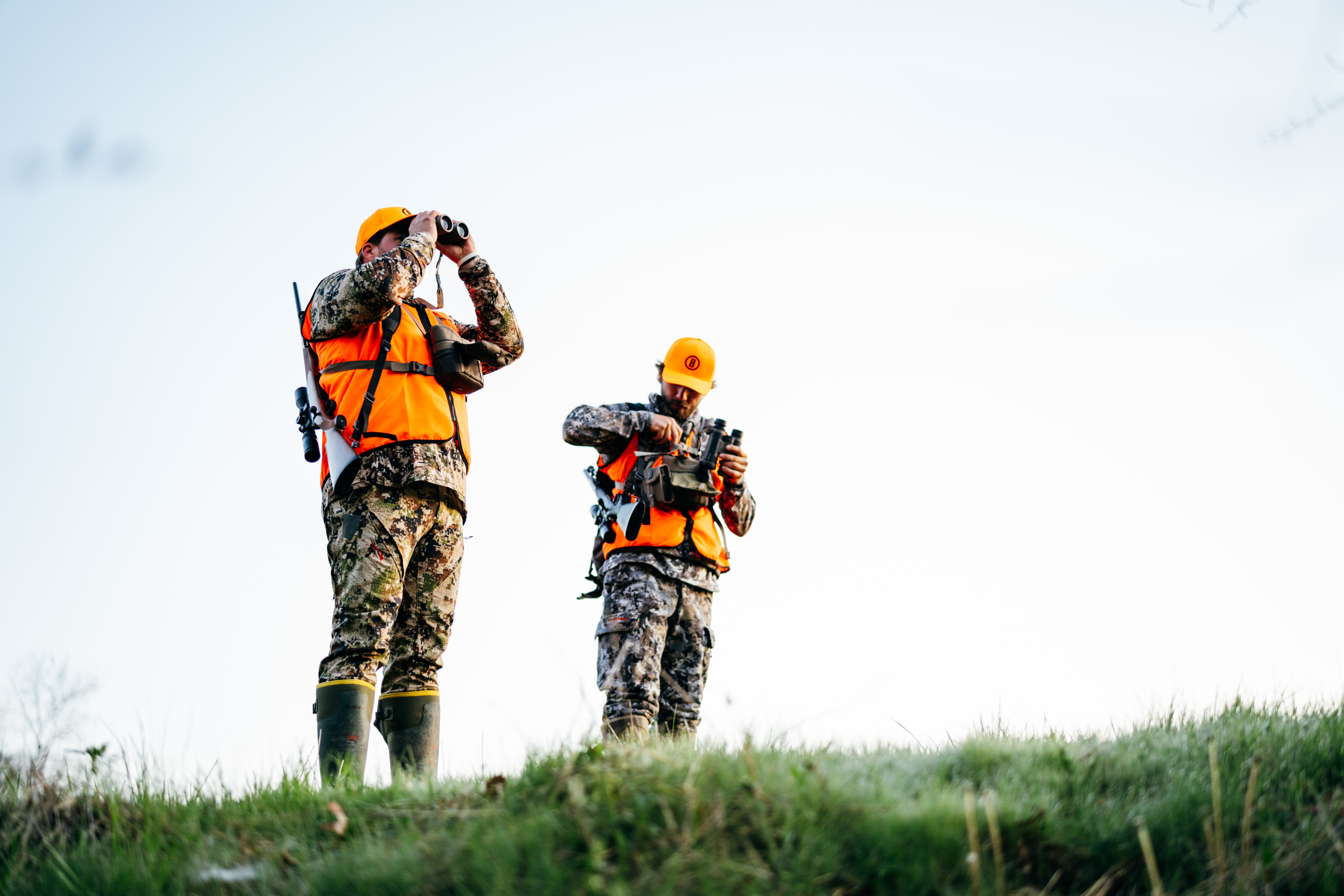No matter what our outdoor activity, if it involves optics, we are bound to hear about the confusion between light gathering vs. light transmission. Still, some people confuse light gathering and light transmission – thanks to advertising terminology and preconceived notions. It is important to point out that they are two very different things.
Whether we’re using a rangefinder, a pair of binoculars,or a scope, all optics need light in order to magnify an object in the distance with any detail. To do their job right, they need to transmit light from the device to our eyes.
Breaking Down the Basics: Light Gathering vs. Light Transmission
Before we can talk about how optics use light, we need to clarify one thing. In the great light gathering vs. light transmission debate, they are often confused as being one and the same. Why? Because both terms refer to using light to perform a function.
However, light gathering, and light transmission are two very different things. With that said, let’s break them each down.
What is Light Gathering?
Oftentimes, when out shopping, consumers will hear the term light gathering and instantly think that their optic device goes through a process of being able to gather light to be used for a given purpose.
Now, that’s not entirely true. The scopes and binoculars used for any activity don’t actively gather light. Instead, they help hold light within the device in order to transmit it from the objective lens to our pupil. There is no actual movement of the light.
Light gathering is the simple matter of light absorption as it enters the objective lens. The amount of light that is absorbed is determined by the size of the objective lens. So, the bigger the objective lens, the more light that is absorbed.
When comparing, it may be helpful have a visual:

By laying the two lens sizes one on top of another, it is clear how much more light is able to enter a 42mm lens when compared to a 30mm lens.
What is Light Transmission?
When it comes to using light to see a target, it all comes down to the optic’s ability to transmit light. While a device may have a given light gathering power, it’s really referring to the optic’s ability to transmit light in order to see a target in detail.
In short, light transmission is the movement of light waves that move all the way through an object without being absorbed. When light enters through our objective lenses, it is then transmitted through the device and to our eyes through the exit pupil.
So, when discussing light gathering vs. light transmission, we want to think of them as two pieces of a larger puzzle. A devices ability to “gather light” simply refers to the ability to capture an image in detail because the unit can hold light for us to view an image. Light transmission, however, is where the actual movement takes place. As the light waves are moved through our device’s objective lenses, photons hit the glass, and not all of them make it through. The more of these photons that make it through the lens, the better we can see an object at a distance and in greater detail as well.
How it All Works
At this point, we understand that when discussing light gathering vs. light transmission, the two things are different and not exclusive; however, they work together to create the total package.
When we are looking at different optic devices, whether they be the best light gathering binoculars or scopes, we want to pay careful attention to the following things:
●Lens size
●Visible light transmission
●Lens coating
●Magnification
Lens Size
When choosing our next set of binoculars or our next spotting scope, we want to pay careful attention to the size of our objective lens. The size of the objective lens is essential because it determines how much light enters the binoculars. So, for instance, in lower lighting conditions you’ll want larger objective lenses so that more light is filtered in.
Visible Light Transmission Rate
Visible light transmission rate is the percentage of light that can go through the device and helps to define the overall quality of it. This percentage can and will vary on several different factors, including the number of lenses a device uses, the coating of each lens, and the magnification.
Lens Coating
Binoculars and scopes all have special lens coatings that are applied to help reduce the amount of light that is lost during the transmission process.
Optical coatings come in several different forms; however, the primary coatings include:
●Uncoated – an everyday lens with zero coating
●Coated – at least one side of one lens within the device is coated
●Fully Coated – all lenses have at least one side within the device is coated
●Multi-Coated – at least one side of onelens within the optic is multi-coated
●Fully Multi-Coated – all sides of all lenses within the device is multi-coated [MW13]
It is worth noting that the more coatings a lens has, the better the light transmission.
Magnification
It’s worth noting that the higher the magnification, the less light the device is able to transmit, resulting in less detailed images. This is because the more magnification that we need, the smaller the exit pupil lens becomes. However, this can be counteracted with a larger objective lens.
Bushnell Offers Outstanding Options for The Best Light Gathering Binoculars and Scopes
When it comes time to choose the best binoculars or scopes for our individual needs, it takes time and research. No two eyes are alike; therefore, not all devices will suit each person’s unique needs.
With over 70 years of experience, Bushnell has your optic needs covered, no matter what your outdoor activity of choice.
Need help choosing the perfect pair of binoculars to suit your outdoor needs? Then check out our handy binocular finder to help you narrow down your choices!

